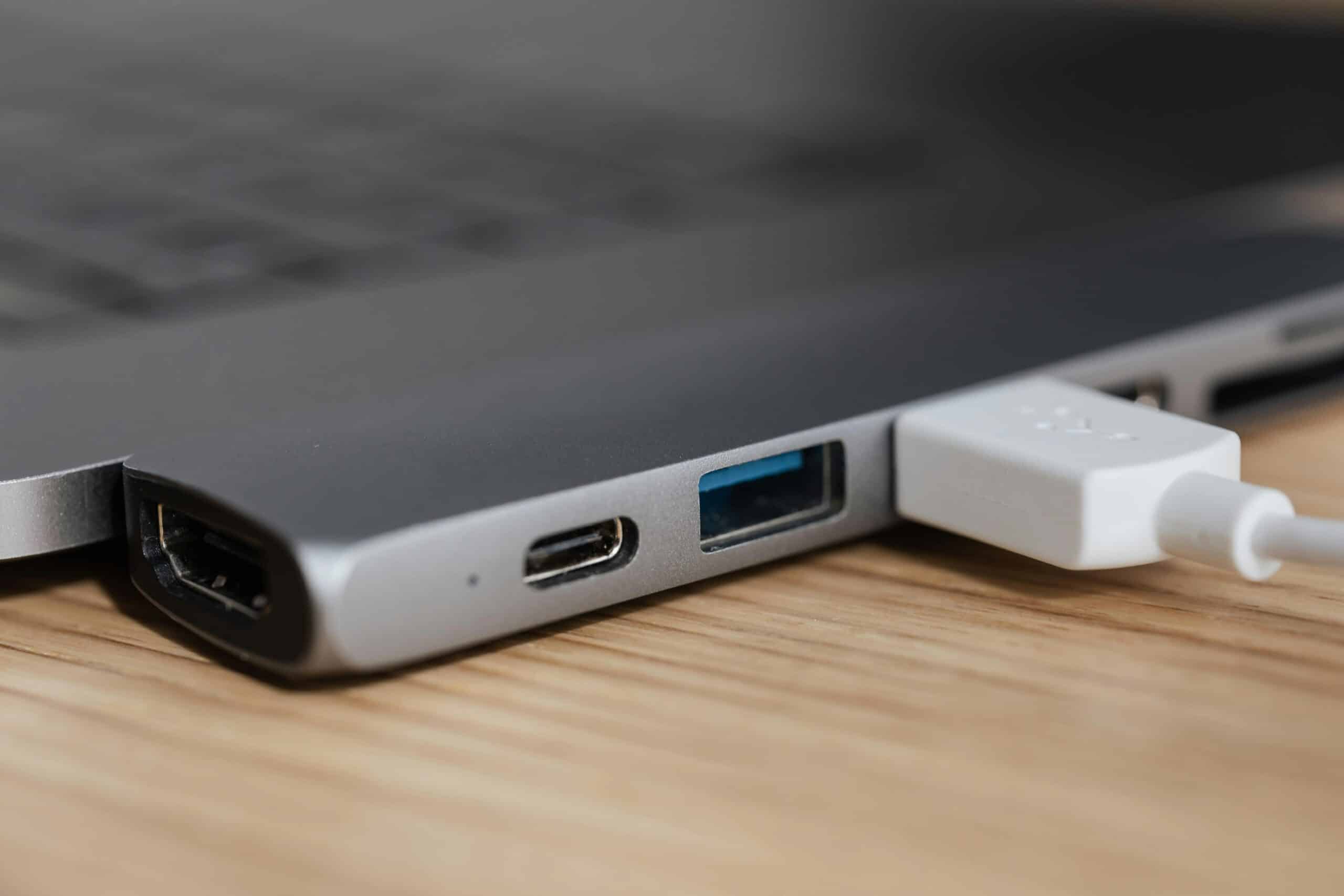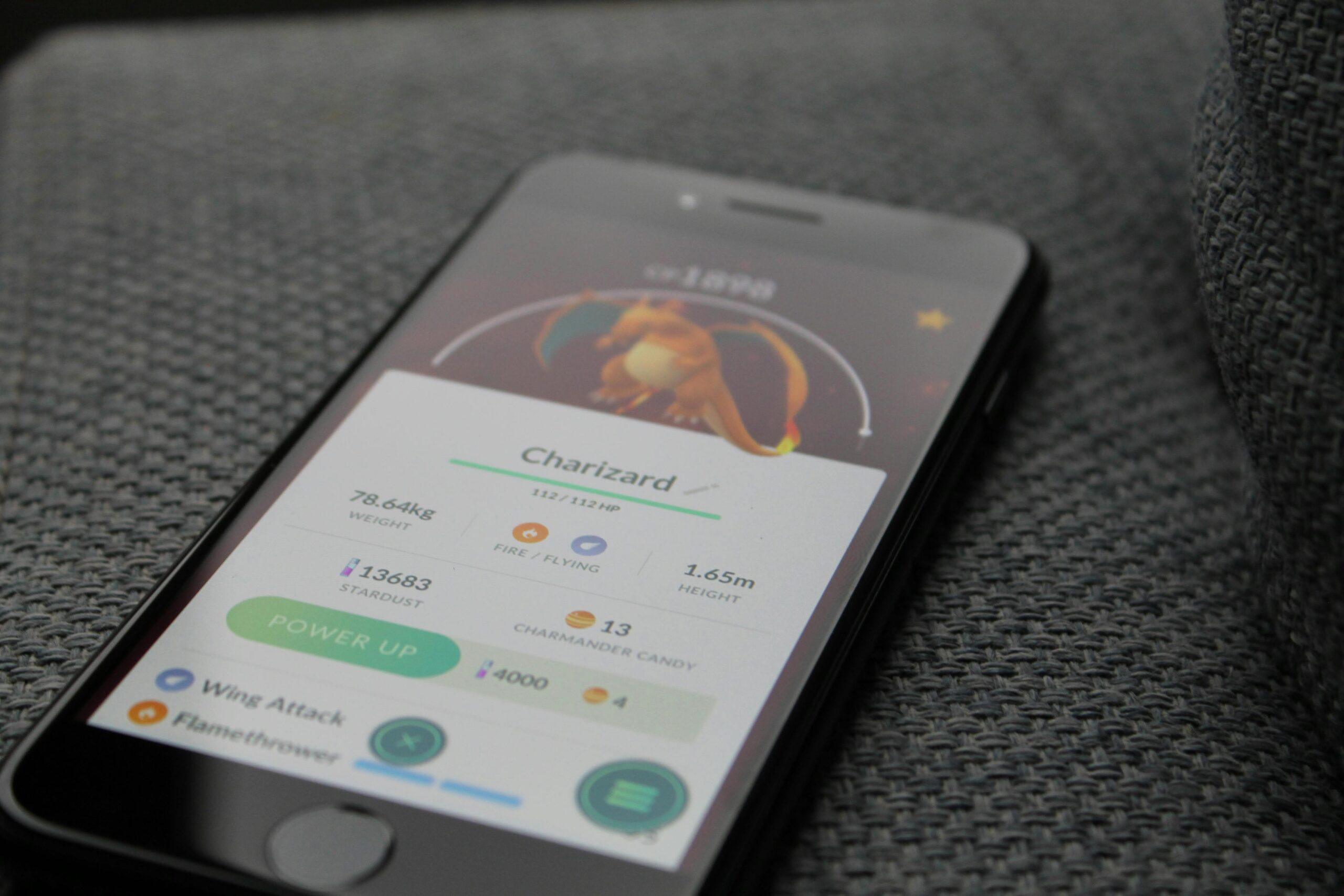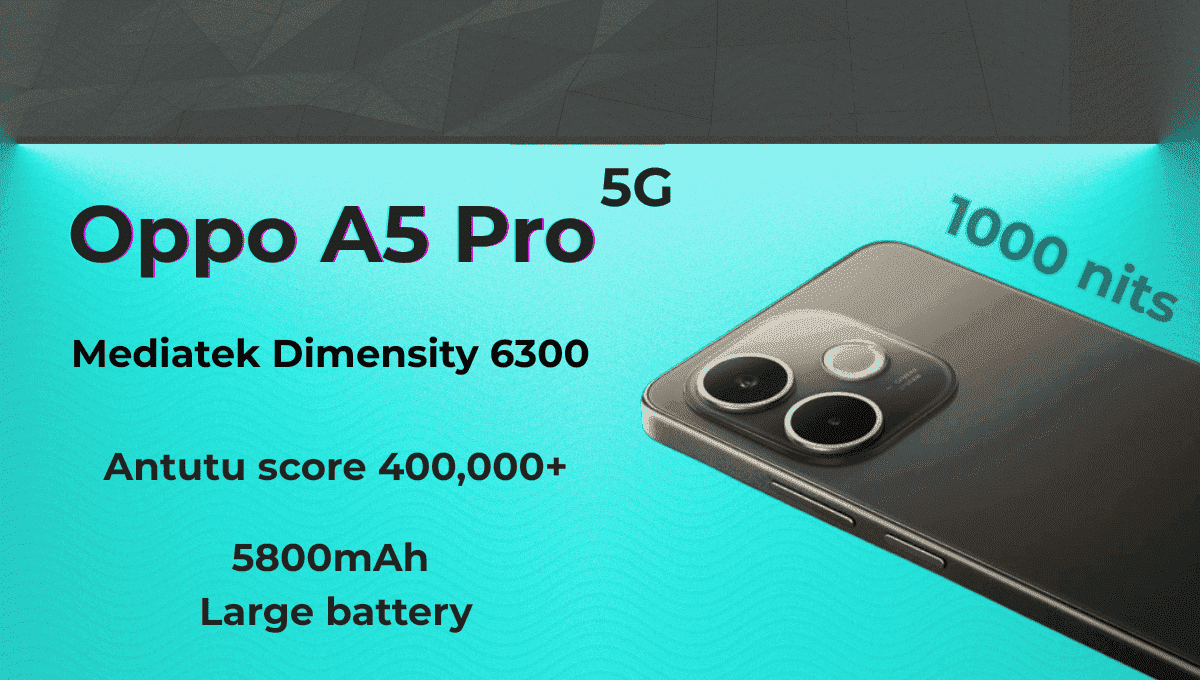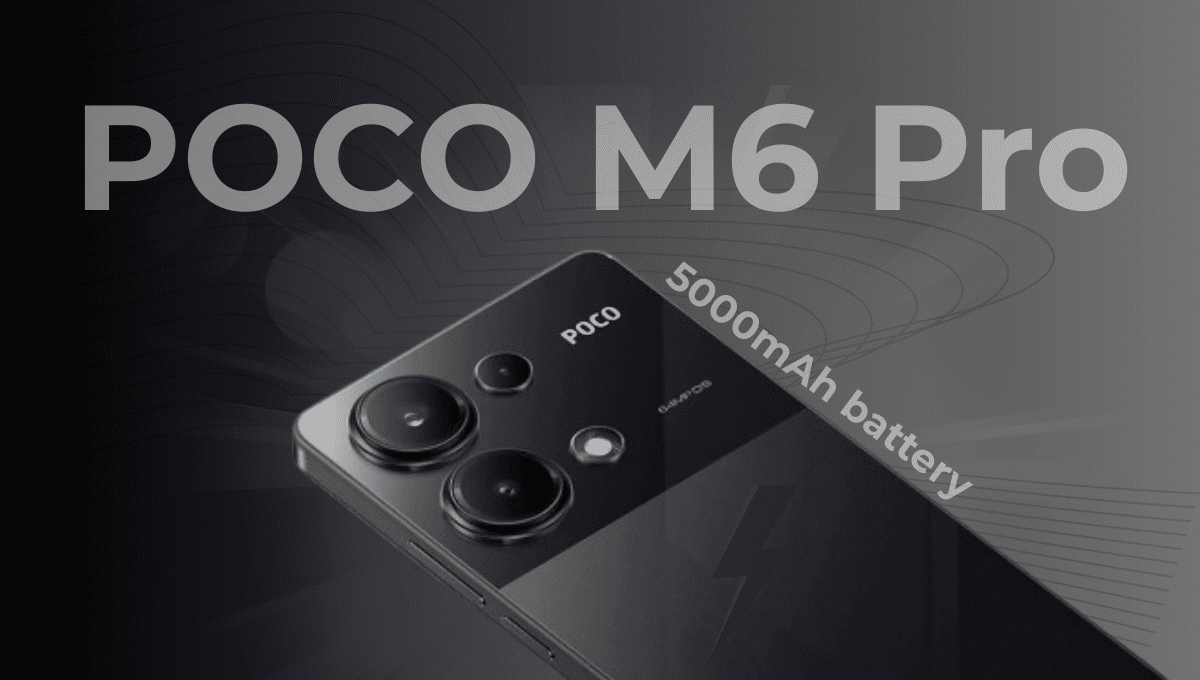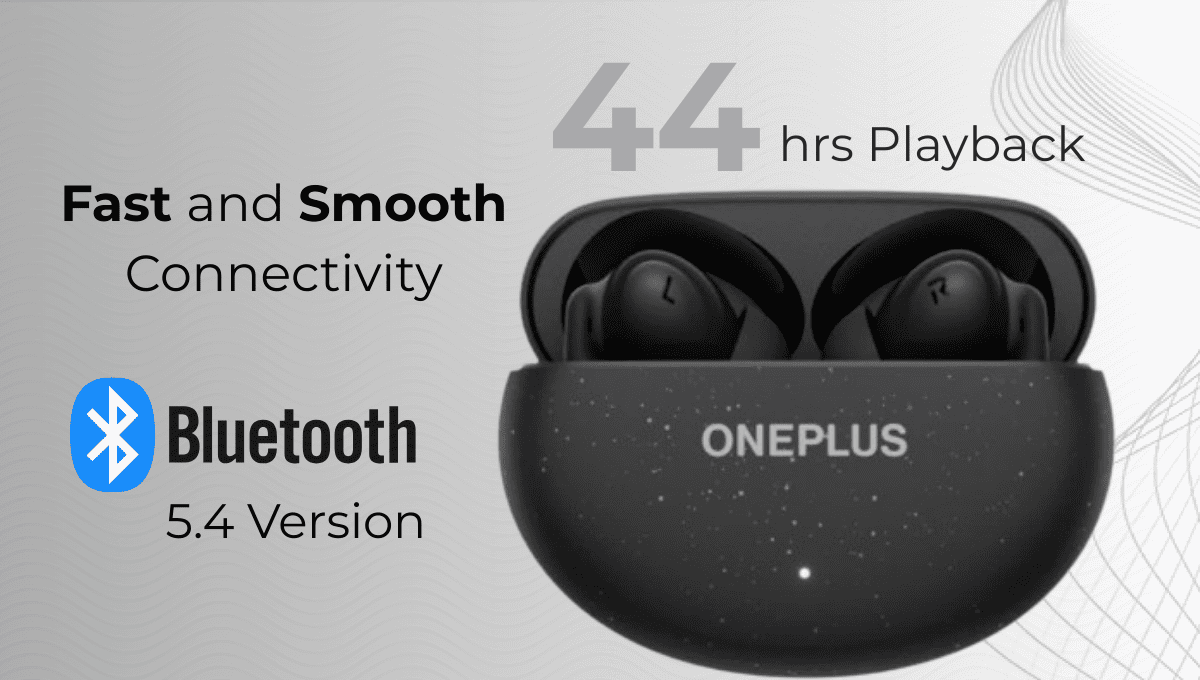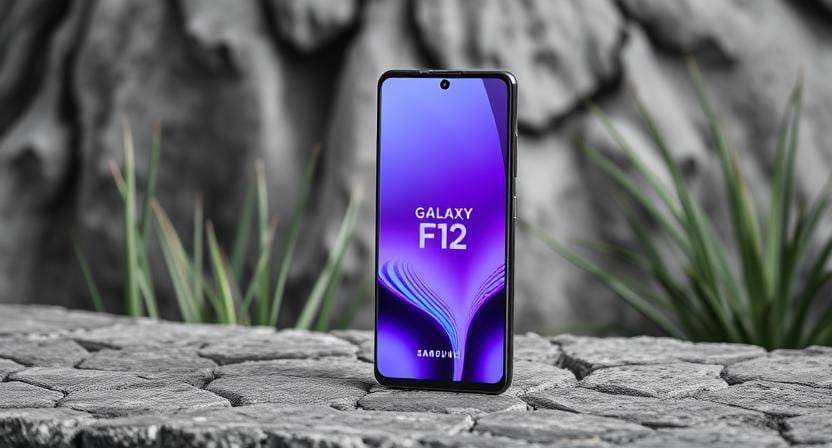The Ultimate Guide to Choosing the Perfect Smartphone for Your requirements!
3 min read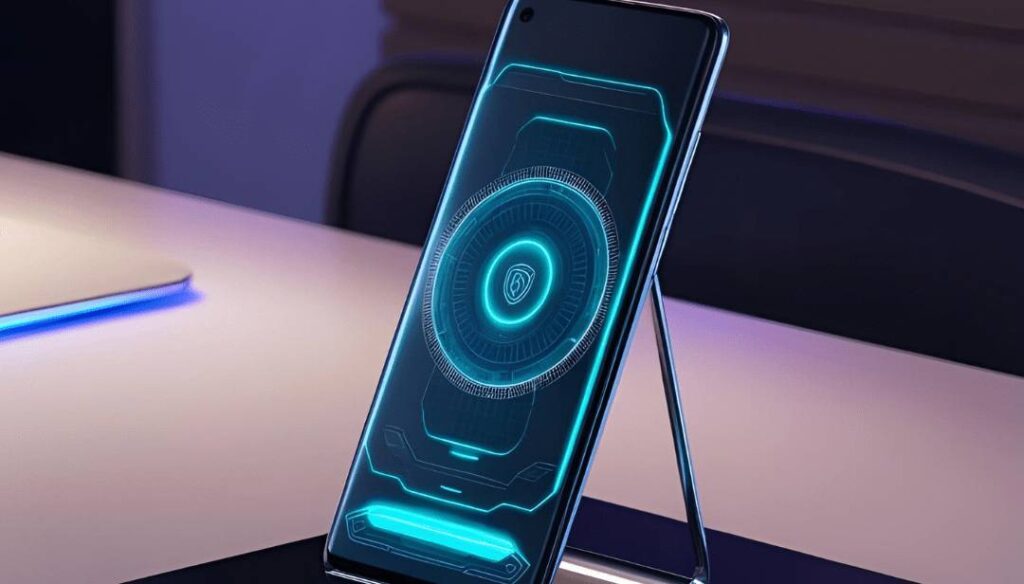
Smartphone shopping can feel overwhelming with so many models and features to choose from. This guide will walk you through the key things to consider so you can find the right phone that fits both your lifestyle and your budget.
Table of Contents:
- Understanding Your Smartphone Needs
- Operating System: Android vs. iOS
- Performance & Hardware
- Display & Design
- Camera Capabilities
- Connectivity & Features
- Software & Updates
- Price vs. Value: Finding the Best Deals
- Brand Comparisons & Recommendations
- Final Decision-Making Tips
- Conclusion
1. Understanding Your Smartphone Needs
Before buying a smart-phone, it’s important to identify your specific needs. Ask yourself:
- Will you use your smart-phone for everyday communication, gaming, photography, or professional work?
- Do you need a smartphone with high-end performance or just basic functionality?
- What is your budget for a new smartphone?
Understanding your usage patterns will help you make a better decision.
2. Operating System: Android vs. iOS
The operating system is one of the most important factors when choosing a smartphone. The two major options are:
- Android: Offers more customization, a variety of brands, and phones at different price points.
- iOS (Apple): Provides a seamless and secure experience with long-term software updates.
- Depending on your preference for apps, security, and ease of use, you can select a smartphone with the OS that suits you best.
3. Performance & Hardware
A smartphone’s performance depends on its hardware specifications, including:
- Processor (CPU & GPU): Determines how fast the smartphone runs apps and games.
- RAM: More RAM allows for smoother multitasking.
- Storage: Consider a smartphone with at least 128GB if you take many photos or download apps.
- Battery life: A smartphone with a larger battery and fast charging support can be more convenient.
Choosing the right balance between performance and efficiency is key.
4. Display & Design
The display affects how you interact with your smartphone. Important factors include:
- Screen size: Larger screens are great for gaming and media, while smaller ones offer better portability.
- Display technology: OLED and AMOLED provide better color contrast compared to LCD.
- Refresh rate: A 90Hz or 120Hz refresh rate makes the smart-phone feel smoother.
- Build quality: Glass and metal designs feel premium, while plastic ones are more durable.
Selecting a smart-phone with the right display and design ensures better usability and comfort.
5. Camera Capabilities
For many people, a smartphone’s camera quality is a deciding factor. Here’s what to look for:
- Megapixels vs. sensor size: A higher megapixel count doesn’t always mean better photos. Sensor size and software optimization matter.
- AI-powered photography: Some smartphones use AI to enhance images and improve low-light photography.
- Video recording: Consider a smartphone with 4K or 8K recording capabilities if you love shooting videos.
Different smartphones cater to different photography needs, from casual selfies to professional-grade photos.
6. Connectivity & Features
Modern smartphones come with various connectivity options and features:
- 5G vs. 4G: If you need faster internet speeds, consider a smartphone with 5G support.
- Security features: Some smartphones have fingerprint scanners, Face ID, or in-display sensors.
- Water resistance: If you want durability, choose a smartphone with an IP67 or IP68 rating.
These features add value to your smartphone and improve your daily experience.
7. Software & Updates
- The software experience of a smartphone determines how well it performs over time.
- Regular updates keep the smartphone secure and improve its functionality.
- Customization: Android smartphones offer more flexibility, while iPhones have a simple and polished UI.
- Bloatware: Some of them come with unnecessary pre-installed apps that take up space.
- Choosing a smartphone with good software support ensures long-term usability.
8. Price vs. Value: Finding the Best Deals
Balancing price and features is essential when selecting a smartphone:
- Flagship phones: Premium smartphones with cutting-edge features but at a high price.
- Mid-range phones: Offer a mix of good performance and affordability.
- Budget phones: Cost-effective options for basic usage.
Consider refurbished or second-hand phones for better value at a lower price.
9. Brand Comparisons & Recommendations
Each smart phone brand has its strengths:
- Apple (iPhone): Best for reliability and long-term updates.
- Samsung: Offers premium displays and versatile cameras.
- Google Pixel: Known for its clean software and excellent AI-powered cameras.
- OnePlus: Great performance at a mid-range price.
Researching brands can help you find a phone that meets your expectations.
10. Final Decision-Making Tips
Before making a final purchase:
- Test the phone in-store to check comfort and responsiveness.
- Compare online and offline prices to find the best deals.
- Check warranty and after-sales service for better support.
A little research ensures you get the best smart-phone for your needs.
Conclusion
Finding the perfect smartphone is all about understanding your needs and comparing different options. Whether you prioritize performance, camera quality, battery life, or budget, making an informed choice will help you get the most out of your smartphone.
